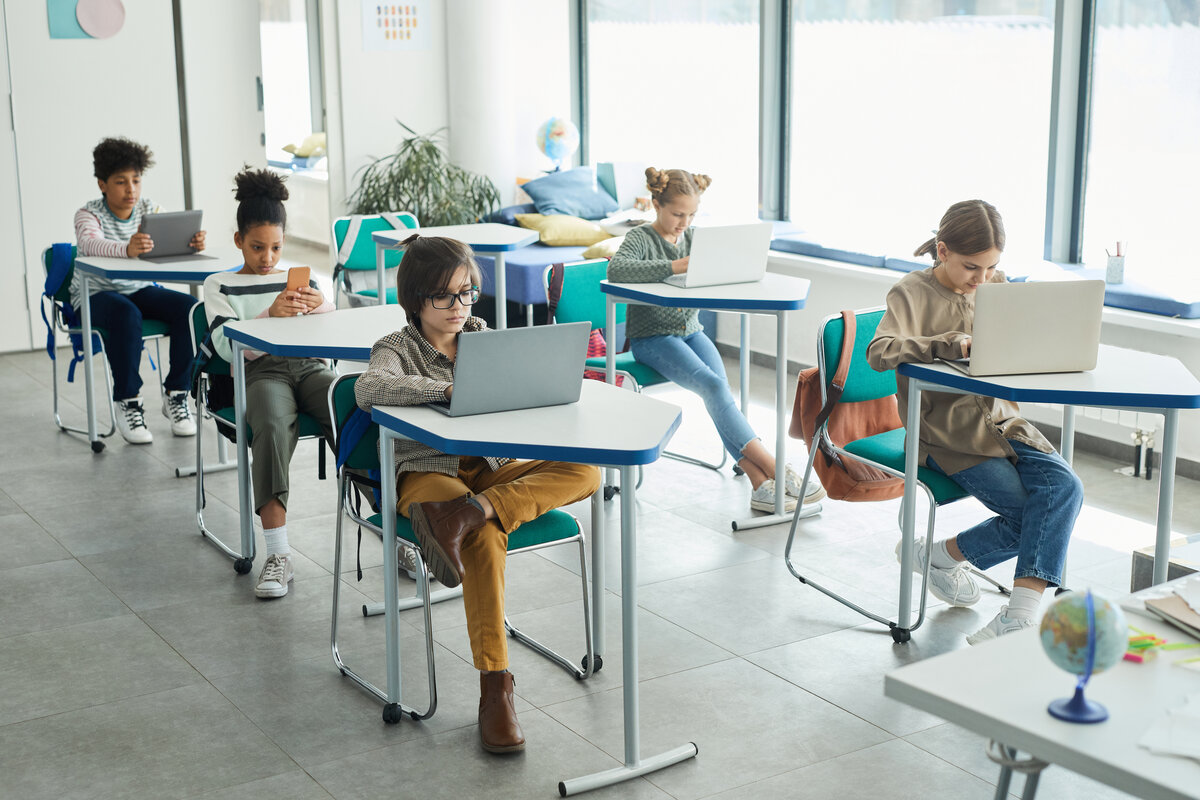The Importance of Ergonomics in Education:
Ergonomics, the science of designing the physical environment for optimal productivity and comfort, is often overlooked in educational settings. However, when applied to student desks and chairs, it can lead to remarkable improvements. Ergonomic furniture is designed to reduce physical stress and discomfort, which in turn can help students maintain focus for longer periods.
Physical Comfort and Mental Focus:
The relationship between physical comfort and mental focus is well-documented. Students who are uncomfortable are more likely to fidget, which can lead to distractions and a decrease in concentration. Ergonomic student desks and chairs are tailored to support the natural curves of the spine and promote proper posture. This support helps to reduce muscle strain and fatigue, allowing students to sit still for longer without discomfort.
Adjustable Features for Personal Comfort:
One of the hallmarks of ergonomic furniture is its adjustability. High-quality student desks and chairs offer features such as height adjustment, seat depth modification, and backrest angle customization. These adjustments enable each student to find a position that suits their individual body shape and size, leading to increased comfort and reduced physical stress.
Promoting Healthy Posture:
Poor posture is common among students, often due to ill-fitting furniture. Slouching or hunching over a desk can cause back and neck pain, which can be a significant distraction. Ergonomic student desks and chairs are designed to encourage proper posture, with student chairs that support the natural curve of the lower back and desks that are at a suitable height for writing and reading without straining.
Enhancing Classroom Engagement:
When students are comfortable, they are more likely to be engaged in their lessons. Ergonomic furniture can contribute to a more dynamic classroom environment where students are eager to participate. Teachers have reported that students in ergonomically designed classrooms are more attentive, ask more questions, and display a higher level of interest in their studies.
Reducing the Risk of Injuries and Health Issues:
Long-term sitting in improper posture can lead to musculoskeletal disorders. By providing ergonomic furniture, schools can reduce the risk of such health issues among students. This not only benefits the students’ immediate well-being but also sets them up for a lifetime of healthy habits.
The Impact on Learning and Academic Performance:
Studies have shown a correlation between ergonomic furniture and improved academic performance. Students who are comfortable and free from physical discomfort are better equipped to absorb information, retain knowledge, and perform well on assessments. Ergonomic furniture can level the playing field for students with different physical abilities, ensuring that everyone has the same opportunity to succeed academically.
Cost-Benefit Analysis:
While the initial investment in ergonomic student desks and chairs may seem steep, the long-term benefits far outweigh the costs. The reduction in health-related absences, improved focus, and enhanced academic performance can lead to significant savings for schools and districts. Moreover, the positive impact on student well-being and engagement can contribute to a more vibrant and successful educational community.
Conclusion:
Ergonomic student desks and chairs are not just furniture; they are tools for learning. By promoting physical comfort and healthy posture, these items can help to increase student attention and engagement, leading to improved academic outcomes. As schools continue to seek ways to enhance the educational experience, investing in ergonomic furniture is a step in the right direction. It’s time to recognize the importance of a comfortable learning environment and provide our students with the tools they need to succeed.
Post time: Oct-29-2024








